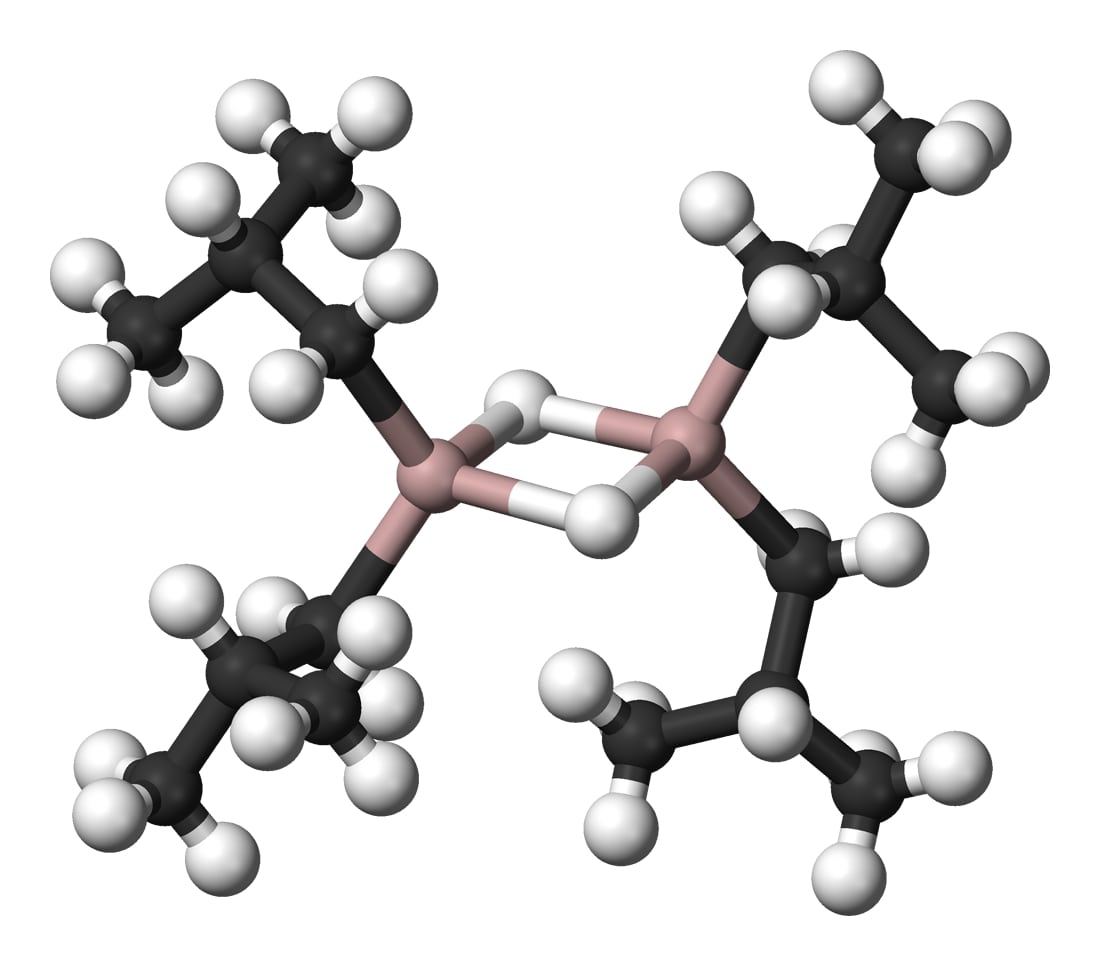There are many known and unknown compounds present in our world with different properties, structure and uses. Aluminium is one such element having a variety of compounds when combined with other elements.
The name aluminium originated from the ancient name for alum (potassium aluminium sulphate), a lumen (Latin, meaning bitter salt). It is a soft and lightweight metal with a dull silvery appearance. Therefore, aluminium is among the most challenging metals on earth to refine. One of the compounds formed by aluminium with chlorine is known as aluminium chloride or aluminium trichloride( AlCl3). It is a pure compound formed as a result of the exothermic reaction between metallic aluminium and chlorine. In this article, we can learn more about the chemistry of this compound.
Preparation of aluminium (III) chloride
Aluminium trichloride is formed when aluminium metal or aluminium hydroxide is treated with hydrochloric acid. The reaction mixture is evaporated to get the hydrated aluminium trichloride.
2Al + 6HCl → 2AlCl3 + 3H2
Al(OH)3 + 3HCl → AlCl3 + 3H2O
Properties of aluminium (III) chloride
Here we discuss both the physical and chemical properties of aluminium trichloride.
Physical properties
- Low melting and boiling point is one of the physical properties of aluminium chloride.
- At a temperature of 180°C, it sublimes
- It is a very poor conductor of electricity at its molten state
- Anhydrous aluminium chloride is a colourless, hygroscopic substance.
- At pressure above 2.5 atm, aluminium trichloride exists as a liquid
Chemical properties
- It is considered a powerful lewis acid
- Used as an industrial catalyst
- When excess of sodium hydroxide added, it produces metal aluminate
AlCl3 + 4NaOH → NaAlO2 + 2H2O + 3NaCl
- The vigorous reaction will occur when reacted with water
- It produces hydrogen fumes in moist air
The reaction of aluminium chloride with water
As mentioned earlier, aluminium (III) chloride reacts vigorously with water. It produces a hissing sound when contacted with water and is highly hygroscopic in nature. At the reaction time, the Cl– ions are replaced with H2O molecules and form hexahydrate [Al(H2O)6]Cl3.
Al(H2O)6Cl3 → Al(OH)3 + 3HCl + 3H2O
Aluminium oxide is formed when the temperature is increased to 400°C from the hydroxide.
2Al(OH)3 → Al2O3 + 3H2O
McAfee Process
This process is one of the preparations of aluminium (III) chloride By heating a mixture of alumina and coke in a current of chlorine, aluminium chloride is obtained
Al2O3 +3C + 3Cl2 → 2AlCl3 + 3CO2
The preparation on an industrial scale is given by chlorinating aluminium around 1000 K
2Al + 3Cl2 → 2AlCl3
Uses of Aluminium (III) chloride
- In the Friedel craft reaction, anhydrous aluminium trichloride is used as a catalyst.
- It is used to attach aldehyde groups or aromatic series on a ring
- In the process of polymerisation and isomerisation, aluminium trichloride is used for light molecular weight hydrocarbons.
- For the synthesis of bis arene complexes, AlCl3 is mixed with aluminium along with arene.
- Industrially, for the manufacturing of rubber and lubricants, this compound is widely used.
- Used in the pharmaceutical, medical fields
- Used in dyes, perfumes and drugs.
Summary
Aluminium (III) chloride is a compound formed when aluminium and chlorine react together. It has the chemical formula AlCl3. This compound has a wide range of uses, industrially and non-industrial phases.





